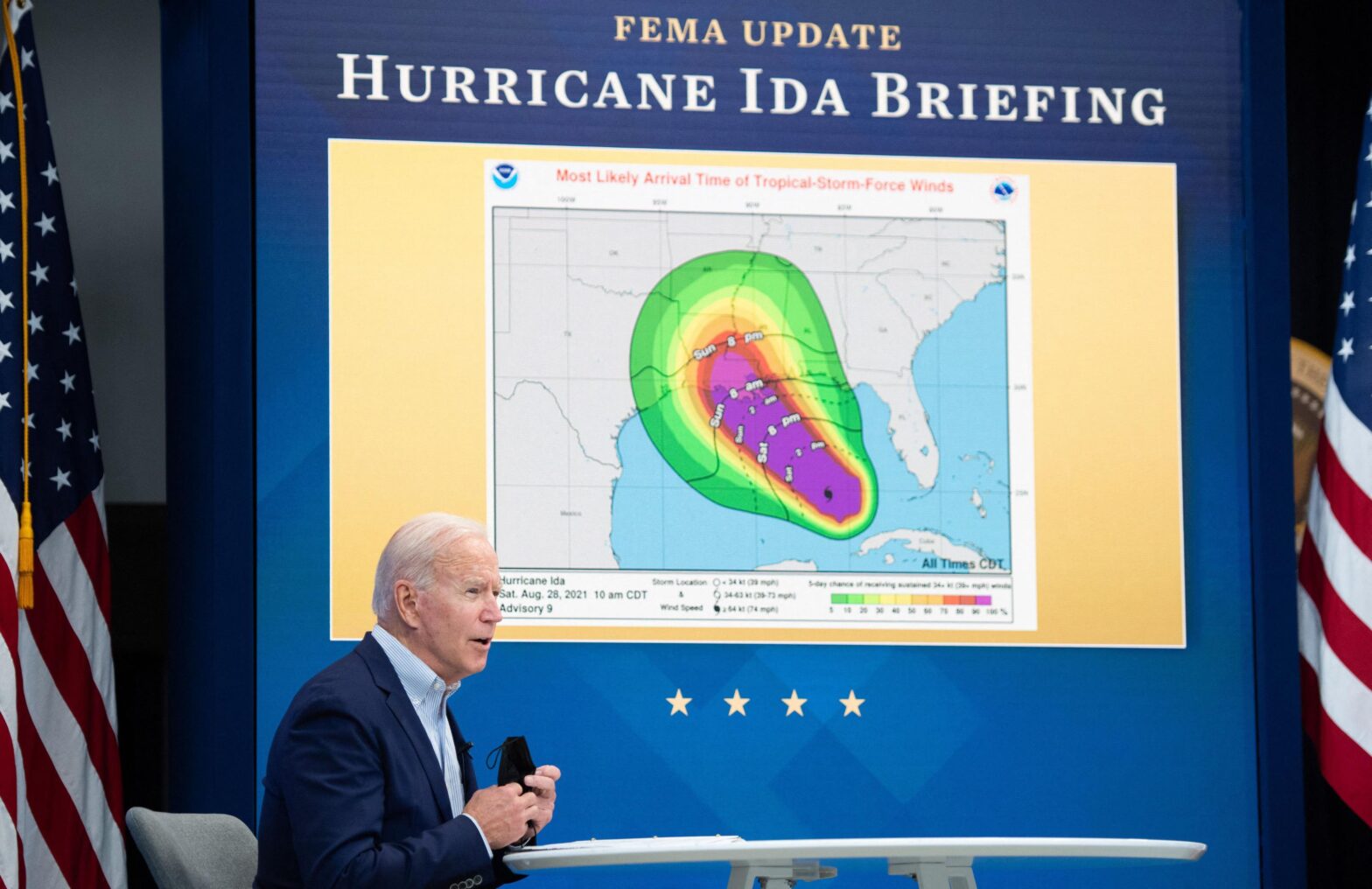USAFacts.org is a nonprofit founded by former Microsoft CEO Steve Ballmer to collect and analyze data from all government sources across local, state and federal levels on various topics from race to immigration to covid and healthcare more broadly, to the economy, and on the environment.
Sometimes they have to get very granular to do so, for example, checking local county and town Facebook pages, as one of their top data scientists, Olivia Martin, explained on my (newly renamed) podcast recently as we discussed their recent 2020 State of the Earth Report.
“We only use data from U.S. government agencies,” she said, adding that, “for a period of time, I was even collecting it from the California County Sheriff’s Facebook page, because that was the best place to get government data for that county. So, we were really doing the work of collecting and aggregating all this government data for the State of the Earth report. That’s also gathered across, the myriad of government agencies tasked with energy and the environment, ranging from the Department of Energy and Energy Information Administration, to the Environmental Protection Agency, the National Park Service and more…. for one complete view of our environment and energy.”
Their annual State of the Earth Report provides data and analysis on how the U.S. environment is doing that year. Not all agencies report data the same way, or even in a timely fashion, so it’s a challenge. “This is one of the struggles of working with government data and something we’re also advocating for as well. But some data sets are just generally harder to put together than others,” Martin explained. “So for example, data that’s only available from 2018 is emissions data throughout the entire world. So it’s, I think pretty complicated effort to standardize and gather data from every country in the world to put together energy and comparative statistics …. I think, you know, the government is doing its best and we continue to advocate for them to do their best even faster. But I think just given the reliability, the comprehensiveness of the data, we still think it’s the best there is.”
Top trends – “A stark reminder” – emissions, second warmest year and air quality
NOAA recently released their State of the Climate in 2020 report stating that, “while the world’s human population struggled with the pandemic, signs of a changing climate did not abate. Even though emissions from fossil fuel use in 2020 dropped by 6–7% over the previous year due to decreased activity during the pandemic, atmospheric concentration of the most important greenhouse gas, carbon dioxide (CO2), still increased to the highest levels in the modern climate record.”
“This is a stark reminder, “NOAA warned, “that factors leading to a changing climate are determined by time horizons far longer than a single year and have an inertia that will take a significant effort over a much longer period to halt, much less reverse.”
In July 2021, after the USAFacts State of the Earth report came out, the U.S. Energy Information Agency released data that in 2020 the U.S. produced the lowest carbon emissions in 40 years. The EIA stated that, “In 2020, as the country responded to the COVID-19 pandemic, CO2 emissions from energy consumption in the United States fell to the lowest level since 1983. The 4.6 billion metric tons (Bmt) of CO2 emitted in 2020 was an 11% decrease from 2019, the largest annual decrease on record, according to our Monthly Energy Review.” Emissions are rising in 2021 as the economy picks up, though it all depends on the trajectory and impact of covid-19. “For 2021, we forecast energy-related CO2 emissions will increase about 7% from the 2020 level as economic activity increases and leads to rising energy use,” the EIA wrote in their 2021 Short Term Outlook this month.
Another top trend is that 2020 was the second-warmest year on record, according to the National Oceanic and Atmospheric Administration (NOAA). Martin pointed out that every U.S. region is unique, which we are experiencing in real time this weekend as Hurricane Ida batters Louisiana and California stays bone dry and aflame. “We also see changing climate patterns within the United States. So, for example, we note in the report that while northeastern states are actually getting wetter over the past century, California is getting drier. So, climate change is affecting the United States differently in different geographies.”
A third trend Martin mentioned from the USAFacts State of the Earth report is that, “in 2020, the average U.S. county had good air quality, 88% of days up from 59% in 1980 and, a good improvement from 2019 as well.” This is based on data from the Environmental Protection Agency (EPA)’s “measure called the air quality index,” she said.
Using this data to hold government accountable
“Really use the information,” Martin emphasized. You can use this data for several purposes, including: (1) choosing where to live; (2) advocating for legislation at every level of government to protect the environment and mitigate against climate change, including resilience planning and investments in infrastructure; (3) voting for the candidates that support the environmental causes you believe in; and (4) managing your business according to relevant trends in the data. You may not want to locate your business close to the coast for example, since sea-levels are rising due to climate change.
“We hope that it helps you develop opinions,” she added, that help you, “to vote, contact your representatives… It’s something that we’re really passionate about helping our users do. In the last election, we did the voter center where we will help you look up different elected officials and see what their stances were on different topics and connect it to the data.”
“So we really hope that this report among others will empower, you know, both people as people and as voters to, to use the data, to hold their government accountable.”
Listen to Joan’s full interview with Olivia Martin on Electric Ladies podcast here.
This article first appeared on Forbes.com.









